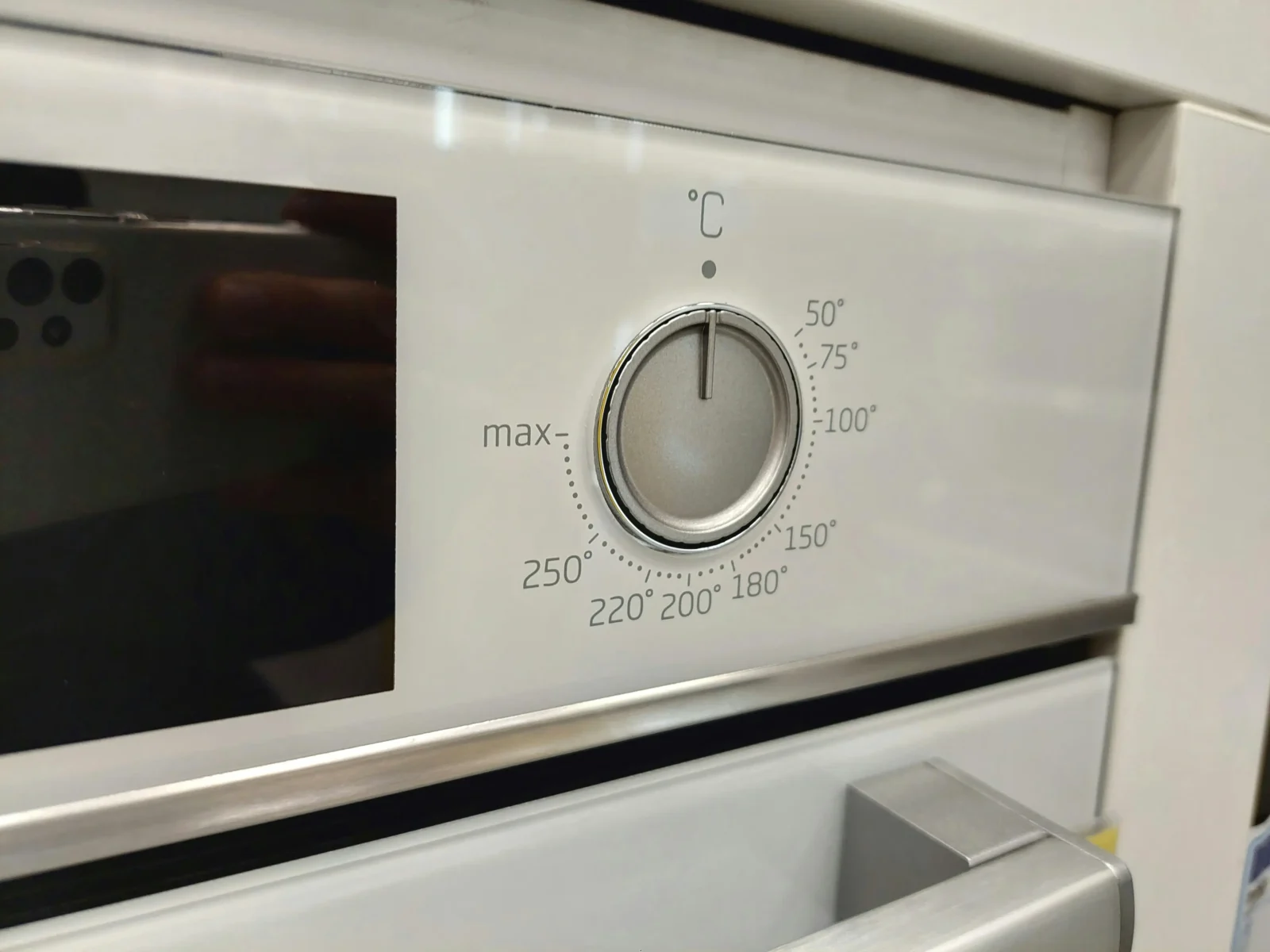- Home
- Articles
- Architectural Portfolio
- Architectral Presentation
- Inspirational Stories
- Architecture News
- Visualization
- BIM Industry
- Facade Design
- Parametric Design
- Career
- Landscape Architecture
- Construction
- Artificial Intelligence
- Sketching
- Design Softwares
- Diagrams
- Writing
- Architectural Tips
- Sustainability
- Courses
- Concept
- Technology
- History & Heritage
- Future of Architecture
- Guides & How-To
- Art & Culture
- Projects
- Interior Design
- Competitions
- Jobs
- Store
- Tools
- More
- Home
- Articles
- Architectural Portfolio
- Architectral Presentation
- Inspirational Stories
- Architecture News
- Visualization
- BIM Industry
- Facade Design
- Parametric Design
- Career
- Landscape Architecture
- Construction
- Artificial Intelligence
- Sketching
- Design Softwares
- Diagrams
- Writing
- Architectural Tips
- Sustainability
- Courses
- Concept
- Technology
- History & Heritage
- Future of Architecture
- Guides & How-To
- Art & Culture
- Projects
- Interior Design
- Competitions
- Jobs
- Store
- Tools
- More
How Bathroom Ventilation and Plumbing Design Impact Odour Control in Modern Homes

In modern residential architecture, bathrooms are no longer seen as purely functional spaces — they are extensions of personal comfort, wellness, and design sophistication. Yet, even in the most aesthetically refined homes, one persistent and often embarrassing issue continues to plague homeowners: odour control. Unwanted bathroom smells not only affect comfort but also signal deeper issues in the home’s infrastructure, particularly in its plumbing and ventilation systems. While many homeowners rely on air fresheners or cleaning products to mask these smells, the real solution lies in smart bathroom design — specifically, the integration of effective plumbing layouts and mechanical ventilation. This article explores how architecture and building systems interact to either prevent or cause odour problems, and what design professionals can do to ensure bathrooms remain clean-smelling, functional, and healthy spaces.
Table of Contents
ToggleThe Problem with Bad Bathroom Odours
Odour in bathrooms is a natural by-product of their use, but persistent or overpowering smells are typically caused by underlying design or mechanical flaws. These include poorly routed vent pipes, negative pressure in the plumbing system, inadequate airflow, and improper placement of fixtures. When these issues are not addressed in the design phase, homeowners are left with long-term discomfort — and in some cases, potential health risks from sewer gas exposure or mould growth.
The Role of Plumbing Design in Odour Control
Good bathroom odour control starts beneath the surface — in the layout and design of the plumbing system. Most people are familiar with P-traps, the curved sections of pipe under sinks and tubs that hold water to block sewer gases from entering the home. However, plumbing systems also rely on an interconnected network of vent pipes that allow air to flow through drains and prevent siphoning of water out of traps. When these systems are improperly installed, several problems can arise:

1. Dry Traps and Sewer Gas Backflow
If a fixture isn’t used frequently — like a guest bathroom — the water in its trap can evaporate. Without this water seal, gases from the sewer system can leak into the living space, creating a distinctly foul odour. Proper design includes venting to maintain pressure balance and prevent the trap from drying out too quickly.
2. Improper Venting
Vent stacks must be strategically placed and appropriately sized. Inadequate venting can result in negative pressure when fixtures are used, leading to gurgling sounds and suction that empties traps. The outcome? A direct path for odours to enter the bathroom.
3. Poor Fixture Placement
Locating fixtures too far from vent lines, or connecting multiple fixtures without enough spacing, can compromise airflow and drainage performance. This can also increase the risk of waste buildup inside pipes — another contributor to unwanted smells.
Designers and builders should collaborate with an experienced plumber during the planning phase to avoid these pitfalls and ensure proper system sizing and configuration.
Mechanical Ventilation: A Key Design Component
While plumbing manages what happens inside the walls and pipes, ventilation handles what happens in the air. Bathrooms are prone to high humidity, which creates a breeding ground for bacteria and mould that worsen odours. Without proper air exchange, these smells linger and settle into materials over time.
1. Exhaust Fans
A high-quality exhaust fan is one of the most effective tools for odour control. It should be properly sized based on the bathroom’s square footage (measured in CFM — cubic feet per minute), and vented to the outside of the home, not just into the attic or another interior space.
2. Timed Ventilation Systems
In modern homes, automated fans connected to humidity sensors or timers can ensure that bathrooms are ventilated long after use, maintaining better air quality.
3. Air Admittance Valves (AAVs)
In compact or remodelled bathrooms where traditional venting is difficult, AAVs provide a code-compliant solution for pressure balancing without roof penetrations. However, they should not replace proper mechanical ventilation.
Materials Matter: Surface Choices That Resist Odours
Odour control doesn’t stop with plumbing and ventilation — it extends to surface materials as well. Porous materials like untreated wood, soft grout, and some types of stone can absorb and hold onto smells. To minimize this risk, designers should choose:
- Non-porous surfaces like glazed tile or sealed concrete
- Epoxy grout, which is more resistant to water absorption and mould
- Wall-mounted toilets and vanities, which reduce floor contact and moisture traps
When combined with effective drainage and airflow, these materials can help maintain a fresher environment.

Integrating Odour Control Into Architectural Design
Forward-thinking architects integrate both plumbing functionality and air quality into early design schematics. A few practical guidelines include:
- Align bathrooms vertically across floors to minimize pipe length
- Place vent stacks centrally to serve multiple fixtures
- Include space for mechanical ventilation and duct routing
- Ensure exterior vents are located away from windows or air intakes
Additionally, collaboration with mechanical engineers and a licensed plumber during schematic design ensures code compliance and performance optimization from day one.
When Odours Persist: Time to Investigate Plumbing Issues
Even the best-designed bathroom can eventually develop odour problems due to age, wear, or hidden plumbing faults. If homeowners complain of persistent smells despite proper cleaning, it may be time to investigate further. Sometimes, the problem lies in clogged vents, cracked drain lines, or microbial buildup. For a helpful resource on this topic, this plumber’s guide to sewage smells in bathrooms outlines several causes and fixes that design professionals can reference when troubleshooting odour complaints.
Final Thoughts
In modern home design, comfort goes beyond visual appeal — it includes how a space smells, feels, and functions. Bathroom odour control is a multidisciplinary effort that blends architectural planning, plumbing expertise, and air circulation. When done right, it eliminates the need for masking sprays and ensures that every bathroom remains a truly livable space. By treating plumbing and ventilation as essential design features rather than afterthoughts, architects and designers can deliver bathrooms that support wellness, efficiency, and long-term satisfaction.
illustrarch is your daily dose of architecture. Leading community designed for all lovers of illustration and #drawing.
Submit your architectural projects
Follow these steps for submission your project. Submission FormLatest Posts
Dependable Service for Everyday Appliance Problems
When a washer stalls mid-cycle or a fridge warms up, you need...
8 Essential Web-Based Mapping Tools for Modeling Sea Level Rise and Flood Impacts
As climate change accelerates, flood risk and sea level rise have become...
How Sydney’s Architecture Responds to Climate, Light, and Lifestyle
Sydney’s architecture has never been driven by form alone. It evolves through...
Shipping Containers as Functional Infrastructure on Construction Sites
Construction sites are temporary by definition, yet the systems that support them...












Leave a comment